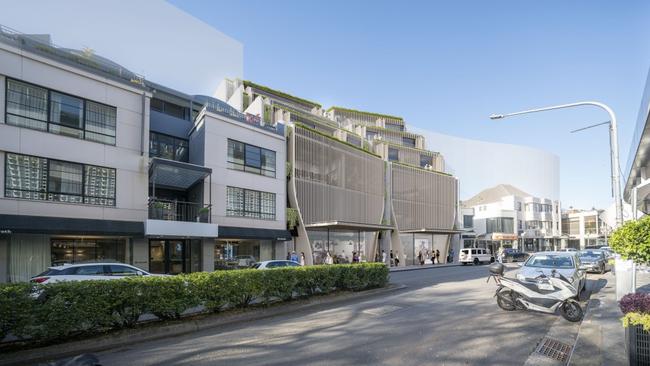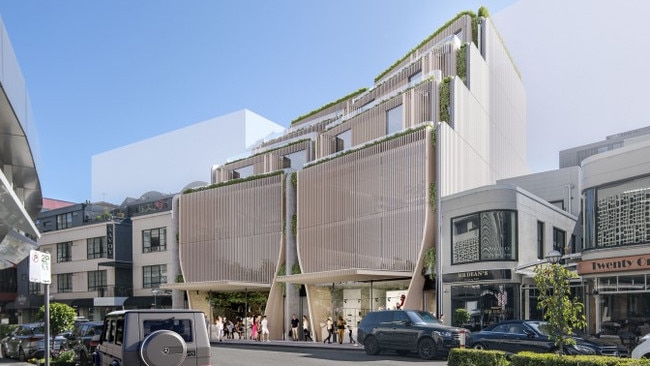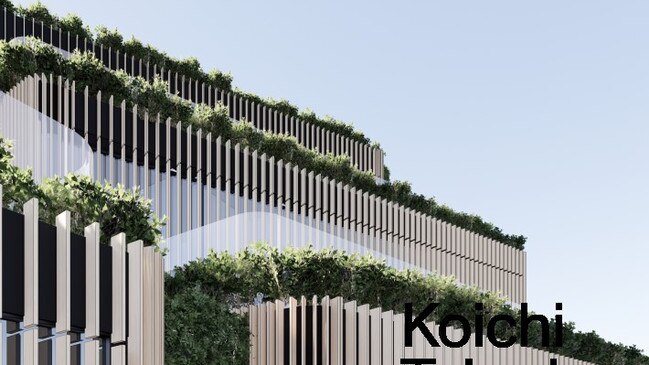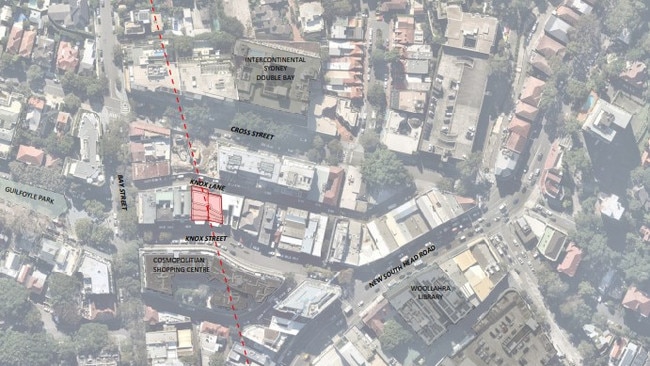Eye-catching retail, residential building proposed for Knox St, Double Bay
An internationally recognised architecture firm which is behind ‘Australia’s greenest building’ has designed an eye-catching five-storey building for the heart of Double Bay. See the pictures.

Wentworth Courier
Don't miss out on the headlines from Wentworth Courier. Followed categories will be added to My News.
An internationally recognised architecture firm which is behind ‘Australia’s greenest building’ has designed an eye-catching five-storey building for the heart of Double Bay.
The proposed building, valued at $10 million, would be located on 27-29 Knox St and feature 304sq m of retail and hospitality space on the ground floor, with commercial uses across levels one to three.
The top two floors of the building would comprise of two large two-storey apartments.
The plans were recently lodged by Castlereagh Ventures Pty Ltd, which lists prominent developer Eduard Litver as the sole director and secretary.
Planning documents reveal Sydney architecture practice Koichi Takada Architects would design the building. The design firm is currently working on an 192-apartment mixed-use residential tower in Brisbane touted as ‘Australia’s greenest building’, set to feature 550 trees and 25,000 native plants and be powered by solar panels.

The proposed building for Double Bay has ruffled the feathers of a prominent community group, which has been fiercely campaigning against perceived overdevelopment in the suburb.
Planning documents submitted as part of the development application recognise potential concerns surrounding the development, noting Double Bay is transitioning from predominantly two and four storey buildings to five-to-six storeys.

Around 14 recently approved major developments in the village centre, across New South Head Rd, Cross St, and Bay St all exceed the maximum permissible height for the area.
Double Bay Residents Association president Anthony Tregoning said the group was concerned developments continued to be approved by the planning panel and upheld by the Land and Environment Court while the Draft Double Bay Centre Planning and Urban Strategy (DBC Strategy) was being developed by Woollahra Council.
If adopted, six-storey developments with the upper levels set back from the street could be allowed in certain areas where the height restrictions were previously three to four storeys.
The draft DCB Strategy, developed to guide future development in the Double Bay CBD, was exhibited to residents in May. Submissions will be presented to the council this year before it decides whether to proceed.

Mr Tregoning said he did not agree with the case-by-case approach that had seen a raft of developments approved that breached current controls.
“It is now eight months since the council consulted residents on its [master] plan for Double Bay and there has been no report on the conclusions,” he said.
“There should not be one off DA approvals, breaching current controls by massive percentages, while the plan remains in limbo.”
Independent candidate for Vaucluse Karen Freyer – who has placed overdevelopment concerns front and centre in her campaign – said constituents continued to express concerns the pace of development had outpaced planning controls that integrated resident feedback.
“Asking residents to make ad hoc development decisions makes a complete mockery of Woollahra Council‘s stated commitment to its community consultation process and its promise to protect and preserve what is most loved about Double Bay,” Ms Freyer said.
Mr Litver declined to comment on the plans.




